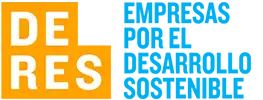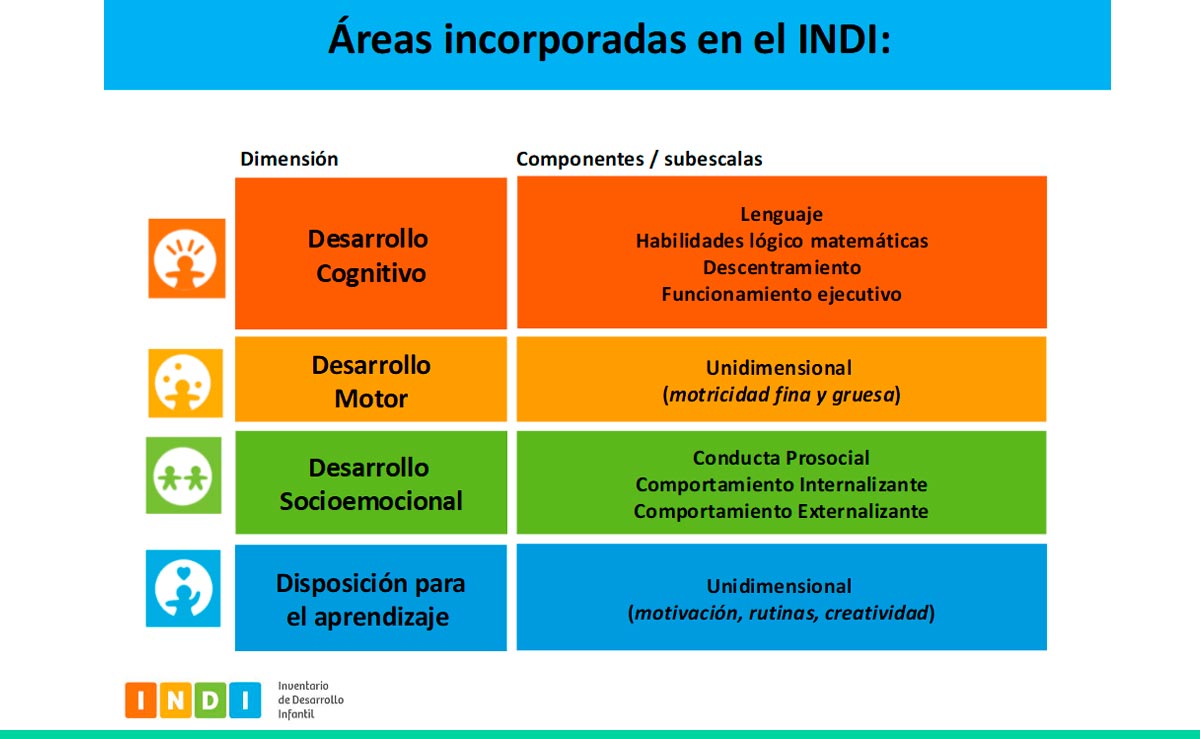-
Who we are
-
-
StrategyMission
To solve the challenges of organizations and communities through intelligent, secure, sustainable, and people-centered solutions, so they generate real value in their social and productive contexts.
VisionTo be the chosen company by organizations seeking to innovate with quality, purpose, and trust in the intelligent era.
Learn moreValues- Ethics and transparency
- Professionalism
- Respect
- Honesty
- Innovation
- Responsibility
- Effectiveness
- Integrity
- Customer orientation
- Punctuality
-
-
-
History
Sofis Solutions was born in 2005, in the city of Montevideo - Uruguay.
Since its inception, the main driver was and remains quality. This applies to processes, products, and relationships with the environment.The internationalization of the company It was one of the founding objectives. In the first stage, it expanded from Uruguay, and in the second stage, it opened offices in Latin American countries. Currently, it has offices in Montevideo, Panama, El Salvador and Ecuador.

-
-
-
Alliances








-
-
-
Certifications

CMMI-DEV-3
More informationNational Quality Award
More informationISO 9001:2015
Quality Management SystemISO 37001:2016
Anti-Bribery Management SystemISO 14001:2015
Environmental Management System
-
-
-
SustainabilityLearn more
Sofis Solutions integrates environmental, social, and governance (ESG) principles into its management and operations, driving sustainability through Digital Transformation. Its strategic approach prioritizes energy efficiency, digital inclusion, and transparency in digital governance, contributing to the responsible development of organizations.

-
-
-
What we do
-
-
IT projectsLearn moreAt our Software Factory, we specialize in providing software development solutions with a focus on excellence and sustainability.
-
-
-
Software qualityOur software quality services comprehensively address the aspects or dimensions of software quality, addressing this approach throughout the entire software development cycle.
- Manual and automated functional suitability testing
- Performance testing
- Software product quality
- Software quality consulting
Learn more
-
-
-
Staff AugmentationLearn moreWhat is IT Staff Augmentation? IT Staff Augmentation is a specialized technical staffing model that enables organizations to increase their agility and respond to the changing technological needs of the market.
-
-
-
ConsultancyIn the public sector, strategic decisions and projects with citizen-centered designs and excellence have the power to transform entire communities.Learn more
-
-
-
BIonA SuiteBIonA Suite is a comprehensive platform for the intelligent management of processes and services in public and private organizations. BIonA Suite facilitates smart transformation with a focus on public value and user experience. Learn more
-
-
-
Projects
-
-
Recent projects
 FOCAL Regional StudyFOCAL - El Salvador
FOCAL Regional StudyFOCAL - El Salvador Single Registry of Uruguayans AbroadMinistry of Foreign Affairs - Uruguay
Single Registry of Uruguayans AbroadMinistry of Foreign Affairs - Uruguay Population and Housing Census 2023National Institute of Statistics - Uruguay
Population and Housing Census 2023National Institute of Statistics - Uruguay
-
-
-
Digital Public InfrastructureWhat are Digital Public Platforms?ProjectsProducts
-
-
-
-
Mobile applicationsWe create hybrid, native, and PWA solutions for devices with Android and iOS operating systems.
Some of our projects:Digital Patrols, Ecuadorian Bovine Information System, Easy Budget UY, Digital Portfolio, SIGES Teachers App, SIGES Parents App.
Learn more
-
-
-
FOCAL regional studyThe purpose of the study was to carry out a regional analysis with the objective of identifying and evaluating the maturity level of the member countries of the Latin American Government Accounting Forum (FOCAL), currently composed of Argentina, Bolivia, Brazil, Chile, Colombia, Costa Rica, Ecuador, El Salvador, Guatemala, Honduras, Mexico, Nicaragua, Panama, Paraguay, Peru, Dominican Republic, Uruguay and Venezuela.Learn more

-
-
- AI
-
-
Artificial IntelligenceLearn moreAdvanced Artificial Intelligence (AI) and Big Data solutions that transform the way organizations make decisions and optimize their operations. We specialize in the development of intelligent autonomous agents and generative AI solutions using large language models (LLMs), both on local infrastructure and in the cloud.
-
- Press Room
-
-
Sustainable development
-
- Innovation
-
-
#GreenSofisMore information
Methodology
#GreenSofisSustainable Digital Transformation Conference
#GreenPath
-
-
-
AI For Everything
It is an initiative by Sofis Solutions, from the Intelligent Solutions Division, that promotes the adoption of artificial intelligence as a key driver of efficiency and effectiveness in the intelligent era.
It integrates both administrative and operational processes, promoting an organizational evolution where technology amplifies knowledge, optimizes decision-making, and generates value in a sustainable and inclusive way.
More information
-
- Contact us
- ES PT-PT
-

Sofis Solutions held the webinar "Development Indicators in Early Childhood and Special Education" (Part One)
Montevideo, December 7, 2020.
Sofis Solutions developed a second webinar as part of the webinar series "Educational Information Systems," which aims to create a space for dialogue and show the importance of educational information systems and how they contribute to data-based decision-making at the institutional level. For this virtual meeting, the presenters addressed topics about the relevance of having evaluation systems through development indicators in Early Childhood (Uruguay case), as well as the influence of indicators and variables that will serve decision-making in the area of Early Childhood Education and Special Education.
Last Wednesday, November 25, the webinar "Indicators of Development in Early Childhood and Special Education" took place, a virtual meeting that brought together people from different countries in the region such as Mexico, Belize, Guatemala, El Salvador, Honduras, Ecuador, Paraguay, Uruguay, and Spain; who connected promptly at 5:00 PM Uruguay time to learn about the importance of indicators for decision-making in Special Education, as well as the relevance of having an evaluation system through development indicators in Early Childhood and other related topics. This webinar was led by presenters Mtr. Soledad Cardenal, Quality Manager of Education at FOMILENIO II, Dr. Alejandro Vásquez Echeverría, Associate Professor at the Institute of Foundations and Methods of the Faculty of Psychology (UdelaR) and lead researcher of the development team of the Child Development Inventory (INDI), and Mag. Maite Liz, researcher at the Faculty of Psychology (UdelaR) and member of the INDI development team.
The first presentation was given by the INDI development team from Uruguay and began with Dr. Vásquez, who shared his experience being part of the research team in Uruguay, who developed an evaluation instrument that has become a system including automatic report issuance and other processes linked to Early Childhood care based on evaluation results. This instrument is used throughout the public Early Childhood Education system in Uruguay, and Sofis Solutions has been part of this process, supporting the online management system known as GURI.
According to Dr. Vásquez: "INDI is developed based on a construct that has great relevance in public policies and organizations related to Early Childhood, which is the disposition or readiness for schooling or 'School Readiness' in specialized literature, which basically highlights the importance of developmental levels prior to primary school as a determinant for the transition to primary school and educational trajectories; this is based on what we know about the importance of development before age 6 (...) On this side, there is much evidence indicating that attending to Early Childhood is fundamental and is a challenge for all governments; therefore, it is essential to focus on protecting trajectories related to health, education, and various fields where this is reflected in Early Childhood development levels and how these impact the long term."
On the other hand, he referenced the term "School Readiness", which has been translated as preparation for schooling or school readiness, focusing on working on developmental levels that determine what the educational and health trajectories will be. These can be individual or personal aspects of the child and refer to their developmental levels in several dimensions such as cognitive development, motor development, socio-emotional development, and aspects of involvement and attitudes toward learning.

Infographic: Part of the presentation by the Child Development Inventory (INDI) - Uruguay team. To consult the work developed by INDI, you can access the following link: https://indi.psico.edu.uy/publicaciones
"In this context, for several years now we have been working on this project called the 'Child Development Inventory (INDI),' which is an instrument that evaluates the child's readiness for schooling at levels 3, 4, and 5 of Early Childhood Education; it was developed by the Faculty of Psychology (University of the Republic) in close and continuous collaboration with actors in the Uruguayan educational system (...) We generated an instrument based on the literature review on 'School Readiness' that reflects which areas of development were most related to those healthy transitions or from Early Childhood to primary education.", says Dr. Alejandro Vásquez.
Continuing with the presentation, Dr. Vásquez gave the floor to Mag. Maite Liz, who shared the characteristics of the INDI evaluation system, the process of implementing INDI during the academic year, and also explained how results are reported, the expected intervention cycle based on INDI, and current lines and future directions.
"The INDI evaluation system is hosted on the GURI platform (Unified Information Registry Management), where all educational information of children belonging to the public education system and many private ones is stored, so through it, teachers, principals, and inspectors can access children's information, consult their educational history, and in this particular case, the evaluation with INDI (...) The INDI evaluation system is a digital system, both at the moment of the evaluation itself — since scores are uploaded directly to the platform — and in working with the results, through the automatic reports the system generates. This automatic report issuance system for INDI results was something we developed together with GURI and Sofis Solutions staff.", states Mag. Liz.
The main features of the INDI evaluation system include:
- Digital (evaluation and reports): It is a digital evaluation system, both at the time of evaluation, by uploading scores directly to the platform, and in working with results through automatic reports.
- Accessible to teachers (primary recipients): It allows teachers in any region of the country to access the system with connectivity and their credentials, as they are the primary recipients of the results which contribute inputs for educational planning.
- Automatic report issuance: The greatest advantage of this system is that at the end of the evaluation, teachers have interpreted results according to the children's age in months and the educational level they are attending. The system issues individual and group reports for teachers, school reports for the management team, and jurisdiction (regional) reports for inspectors.
- Development together with stakeholders (form and content): For the system development, stages were created in which teachers at various levels (teachers, principals, inspectors, and authorities) participated. Additionally, the design considered everything that was wanted to be evaluated, how to report it, and the form that best suited pedagogical practice.
- Phased development (pilots of models and software versions): The development was carried out jointly among disciplines such as psychology and psychometrics, as well as computing aspects with engineering and programming, followed by pilots of report models and different software versions.
To close her presentation, Mag. Liz comments: "(...) Based on the results, we have basically achieved two levels of intervention: the intersectoral coordination agreement between Education and Health and work with system technicians designing activities based on PIEBEs (Evidence-Based Educational Intervention Programs). Another line currently under development and that we want to continue developing in the future is determining the predictive value to early detect risks in first-year promotion. Additionally, we are conducting educational trajectory analyses with the desire to eventually incorporate alert systems based on Machine Learning, through the detection of risk indicators in trajectories. We also hope soon to contribute information on the impact of the health emergency (through pre- and post/during-pandemic evaluation analyses), and we have ongoing convergence studies with a health screening system, to align perspectives and dialogue between teachers and health actors. Lastly, we have a project underway to contribute from INDI to the discrimination and detection of child abuse situations and others that address the relationship between INDI and development with aspects of family and school environment quality."
Thus concluded the first presentations by Dr. Vásquez and Mag. Liz, who then gave way to the third presentation by Mtr. Soledad Cardenal, Quality Manager of Education at FOMILENIO II. In the second part of this note, you will be able to read about her intervention and contributions in the webinar "Gender Approach in Educational Information Systems." This webinar was recorded and is available on the Sofis Latinoamérica YouTube channel. If you wish to revisit this virtual meeting, Sofis Solutions invites you to click the following link: https://youtu.be/UvwZJ6DDYEw.

El pasado 20 de noviembre se llevó a cabo en la Sala Verdi la edición piloto de Burocracia Creativa UY 2025, la antesala local del Creative Bureaucrac......

Between October 14 and 16, 2025, the XI Forum of Government Accounting Offices of Latin America (FOCAL) was held in Santiago, Chile, a regional refere...

Within the framework of the United Nations Global Compact's 2024–2025 strategy, which proposes five transformative changes to accelerate business impa...












 Digital Signature
Digital Signature BionA Suite
BionA Suite Biona SIgn
Biona SIgn






















